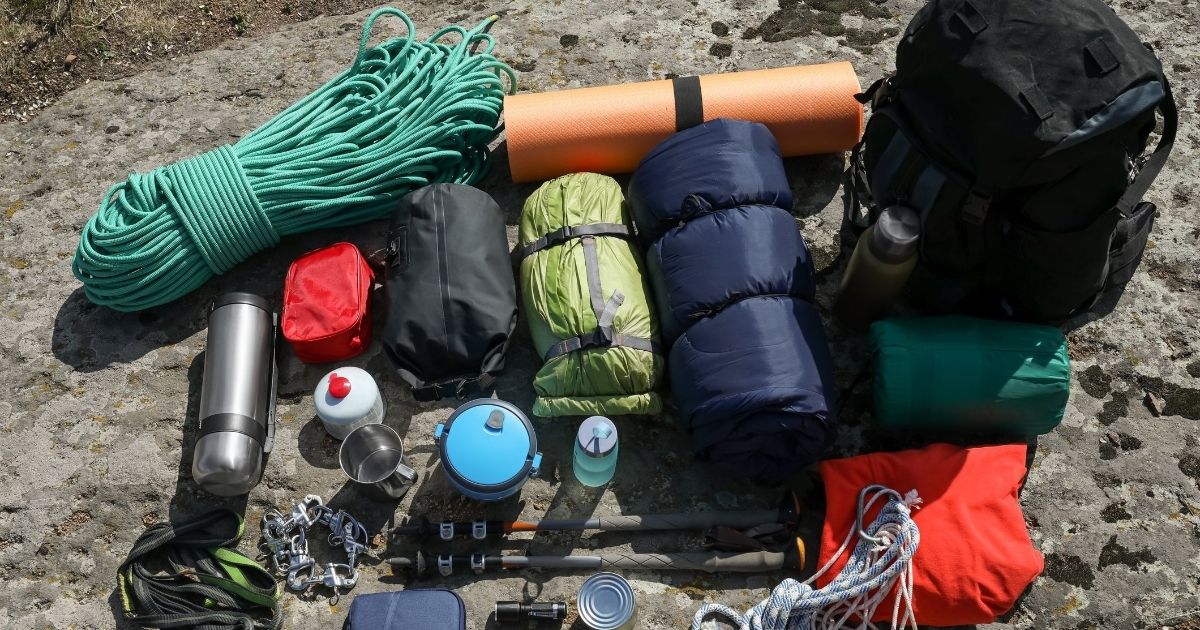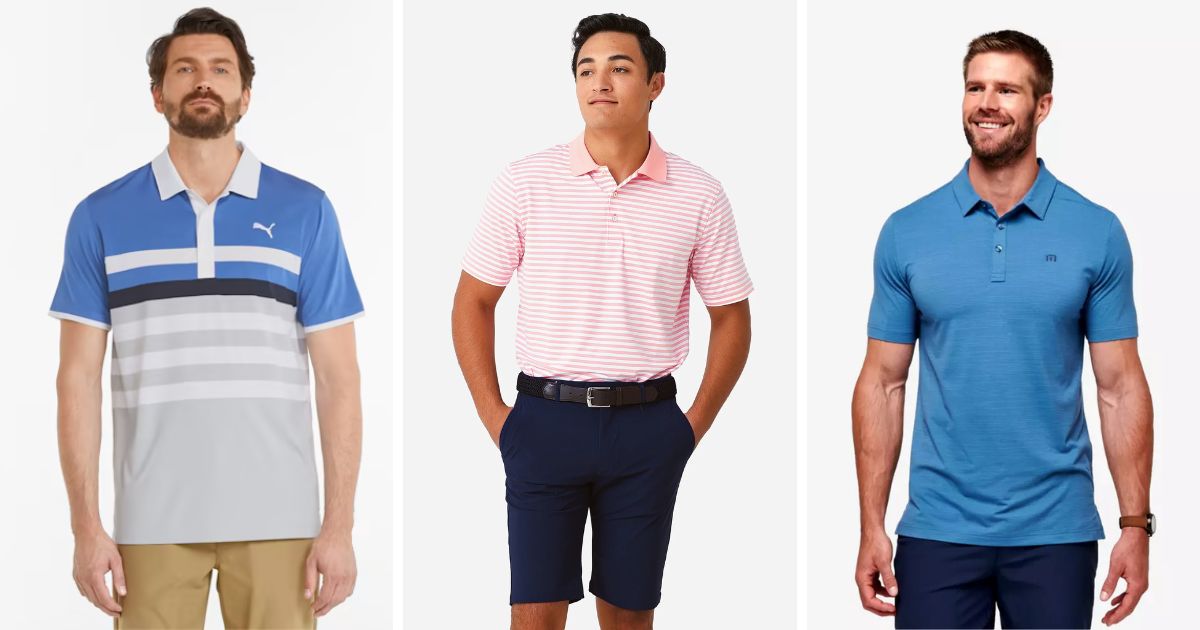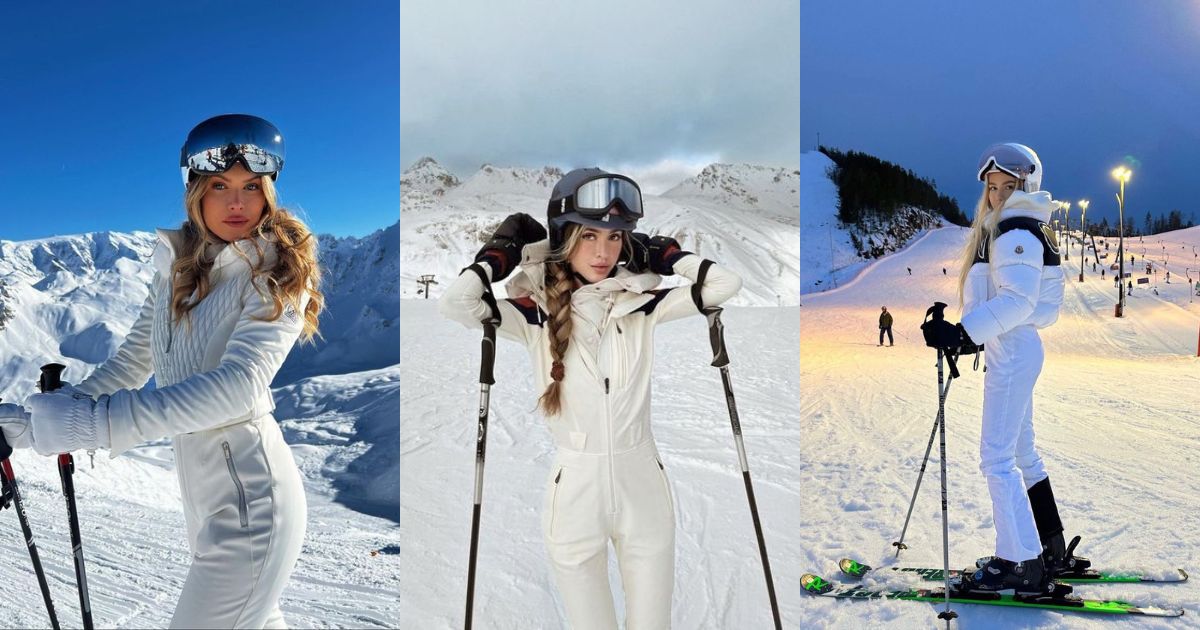When you’re trekking through a dense forest, scaling a mountain, or camping by a remote lake, access to clean drinking water is non-negotiable. Natural water sources like rivers, streams, and springs may look pristine, but they can harbor invisible threats: bacteria like E. coli, parasites like giardia, or even chemical pollutants from nearby human activity. For outdoor adventurers, a reliable water purification system is as essential as a sturdy tent or a good pair of boots. This article explores the best portable water purification gear, practical tips for sourcing and treating water, and strategies to stay hydrated and safe in the wild.
Why Water Purification Matters Outdoors
The human body can survive weeks without food but only days without water. Dehydration can sap your energy, cloud your judgment, and, in extreme cases, lead to life-threatening conditions. Yet, drinking untreated water from a sparkling stream can be just as dangerous. The U.S. Centers for Disease Control and Prevention (CDC) notes that waterborne pathogens like Cryptosporidium and Giardia lamblia are common in untreated water sources, causing symptoms from diarrhea to severe dehydration. Chemical contaminants, such as agricultural runoff or heavy metals, pose additional risks in some areas.
.png)
For hikers, campers, and backpackers, carrying enough bottled water for a multi-day trip is impractical due to weight and space constraints. A single liter of water weighs about 2.2 pounds, and an average adult needs 2–4 liters daily, depending on activity level and climate. This makes on-the-go water purification a critical skill. Fortunately, modern purification gear is lightweight, effective, and easy to use, allowing adventurers to safely drink from natural sources. Let’s dive into the most popular options and how to use them effectively.
Read more: DIY vs. Professional House Maintenance: What You Can Do and When to Call the Experts
Top Water Purification Gear for Outdoor Adventures
1. Straw Filters: Lightweight and Convenient
Straw filters are a favorite among minimalist hikers and day-trippers due to their portability and ease of use. These compact devices, like the LifeStraw Personal or Sawyer Mini, allow you to drink directly from a water source through a hollow fiber membrane that traps bacteria and protozoa.
.png)
- How it works: The filter’s tiny pores (as small as 0.1 microns) block pathogens and sediments as you sip through the straw.
- Pros: Ultra-lightweight (2–3 ounces), no setup required, affordable ($20–$50), and filters up to 1,000–4,000 liters depending on the model.
- Cons: Doesn’t remove viruses (a concern in areas with poor sanitation), and clogging can occur with murky water.
- Best for: Short hikes, emergency kits, or solo travelers.
- Pro tip: Pair with a clean water bottle to store filtered water for later, and backflush the filter regularly to maintain flow.
For example, the Sawyer Mini weighs just 2 ounces and can filter 100,000 gallons over its lifetime, making it a budget-friendly, long-term investment for frequent adventurers.
2. Pump Purifiers: Robust and Versatile
Pump purifiers, like the Katadyn Hiker Pro or MSR Guardian, are ideal for group camping or longer trips where water sources may be murky. These devices use a hand pump to force water through a filter, removing bacteria, protozoa, and sediments.
- How it works: A ceramic or hollow fiber filter traps contaminants as you pump water into a clean container. Some models, like the MSR Guardian, also remove viruses.
- Pros: Effective for turbid water, long-lasting filters (up to 10,000 liters), and some models handle viruses.
- Cons: Heavier (8–20 ounces), requires manual effort, and more expensive ($50–$150).
- Best for: Group trips, base camping, or areas with cloudy water.
- Pro tip: Clean the filter after each trip to prevent clogging, and carry a spare cartridge for extended journeys.
The MSR Guardian, for instance, is a premium option that purifies 1 liter per minute and removes viruses, making it suitable for international travel where water quality is unpredictable.
Read more: Top 10 Food Packaging Materials Compared: Which Is Right for You?
3. UV Purifiers: High-Tech and Fast
UV purifiers, such as the SteriPEN Ultra or Grayl Ultrapress UV, use ultraviolet light to neutralize pathogens by disrupting their DNA. These are popular among tech-savvy adventurers for their speed and effectiveness.
- How it works: A battery-powered UV lamp is submerged in water or integrated into a bottle cap, treating 1 liter in about 90 seconds.
- Pros: Kills bacteria, viruses, and protozoa; lightweight (4–8 ounces); no aftertaste.
- Cons: Requires batteries (or recharging), ineffective in cloudy water, and pricier ($50–$120).
- Best for: International travelers or areas with viral contamination risks.
- Pro tip: Pre-filter murky water with a cloth or bandana to improve UV penetration, and carry spare batteries.
The SteriPEN Ultra, for example, is USB-rechargeable and can treat 50 liters per charge, making it a sustainable choice for tech-friendly campers.
4. Chemical Purification: Lightweight Backup
Chemical purification tablets, such as Aquatabs or Katadyn Micropur, use chlorine dioxide or iodine to kill pathogens. They’re a reliable backup when other methods fail.
.png)
- How it works: Dissolve a tablet in water and wait 30 minutes to 4 hours (depending on the product) for it to neutralize bacteria, viruses, and protozoa.
- Pros: Ultralight (a few ounces), compact, and inexpensive ($10–$20 for 50 tablets).
- Cons: Slow treatment time, potential aftertaste, and less effective against Cryptosporidium.
- Best for: Emergency use or ultralight backpacking.
- Pro tip: Use a neutralizer (included with some tablets) to improve taste, and double-check wait times for cold water.
5. Gravity Filters: Hands-Free Convenience
Gravity filters, like the Platypus GravityWorks or Katadyn Base Camp Pro, are perfect for group camping or base camps. They use gravity to pull water through a filter, requiring minimal effort.
- How it works: Fill a reservoir, hang it above a clean container, and let gravity filter the water through a hollow fiber membrane.
- Pros: High capacity (2–4 liters per batch), hands-free, and suitable for groups.
- Cons: Bulkier (10–20 ounces), slower than pumps, and requires a clean setup area.
- Best for: Base camping or group outings.
- Pro tip: Hang the reservoir high for faster flow, and keep the clean container covered to avoid contamination.
Tips for Sourcing and Treating Water Safely
Choosing the right gear is only half the battle. Sourcing and treating water effectively requires knowledge and caution. Here are key tips to ensure safety:
- Select the Right Source: Opt for flowing water (e.g., streams or rivers) over stagnant sources like ponds, which are more likely to harbor pathogens. Avoid water near human settlements, livestock, or visible pollution. If possible, collect water from higher elevations to minimize contamination.
- Pre-Filter Murky Water: If the water is cloudy, strain it through a bandana, coffee filter, or clean cloth before purifying. This prevents clogging in straw or pump filters and improves UV purifier effectiveness.
- Combine Methods for Extra Safety: In high-risk areas (e.g., developing countries with viral contamination), combine methods. For example, filter with a straw or pump, then treat with a UV purifier or chemical tablets for comprehensive protection.
- Store Water Properly: Use clean, collapsible bottles or hydration bladders to store purified water. Seal containers tightly to prevent recontamination, and label them to avoid mixing treated and untreated water.
- Test Your Gear Beforehand: Practice using your purifier at home to ensure it works and you’re comfortable with the process. Check for leaks, test flow rates, and familiarize yourself with maintenance needs.
- Carry a Backup: Always have a secondary purification method, like chemical tablets or a spare filter, in case your primary device fails or clogs. A small pack of Aquatabs weighs almost nothing and can be a lifesaver.
- Know Your Environment: Research your destination’s water quality risks. For example, North American backcountry water often contains giardia, while tropical regions may have viral contaminants. Choose gear accordingly.
Maintenance and Long-Term Care
To keep your purification gear in top shape, follow these maintenance tips:
- Clean regularly: Backflush straw and pump filters with clean water to remove debris. Follow manufacturer instructions for specific cleaning solutions.
- Store properly: Dry filters completely before storing to prevent mold or bacterial growth. Keep UV purifiers in a protective case to avoid damage.
.png)
- Check expiration dates: Chemical tablets have a shelf life (typically 2–5 years). Replace expired tablets to ensure effectiveness.
- Inspect before trips: Test your gear before each adventure to confirm it’s functional. Replace worn parts like O-rings or cartridges as needed.
Staying Hydrated in the Wild
Purification is only part of the equation—staying hydrated requires planning. Estimate your water needs based on activity level, climate, and trip duration. The general rule is 2–4 liters per person per day, but hot weather or strenuous activity may increase this. Plan your route around reliable water sources, and carry enough capacity (e.g., a 2-liter hydration bladder) to avoid frequent stops.
If water sources are scarce, conserve by sipping small amounts regularly rather than gulping large quantities. Eat water-rich foods like fruits or hydrated meals to supplement your intake. Monitor for signs of dehydration—dark urine, fatigue, or dizziness—and act quickly by resting and rehydrating.
Conclusion: Adventure Safely with Clean Water
Water purification gear empowers outdoor adventurers to explore with confidence, turning questionable water sources into safe drinking water. Whether you prefer the simplicity of a straw filter, the robustness of a pump, or the high-tech efficiency of a UV purifier, there’s a solution for every trip. By choosing the right gear, sourcing water wisely, and following safety protocols, you can stay hydrated and healthy on any adventure. So pack your purifier, plan your route, and hit the trail—clean water is within reach, no matter where the wilderness takes you.

.png)
.png)


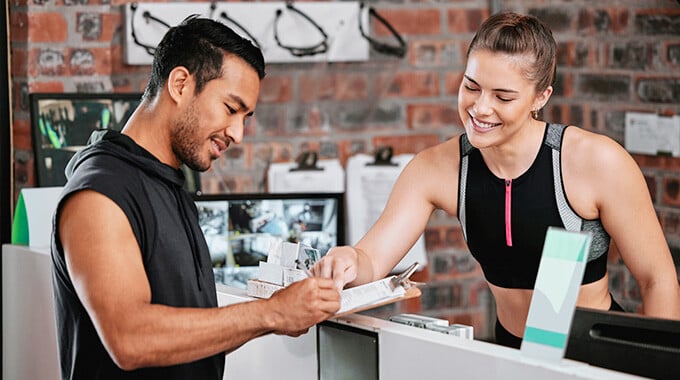
.jpg)
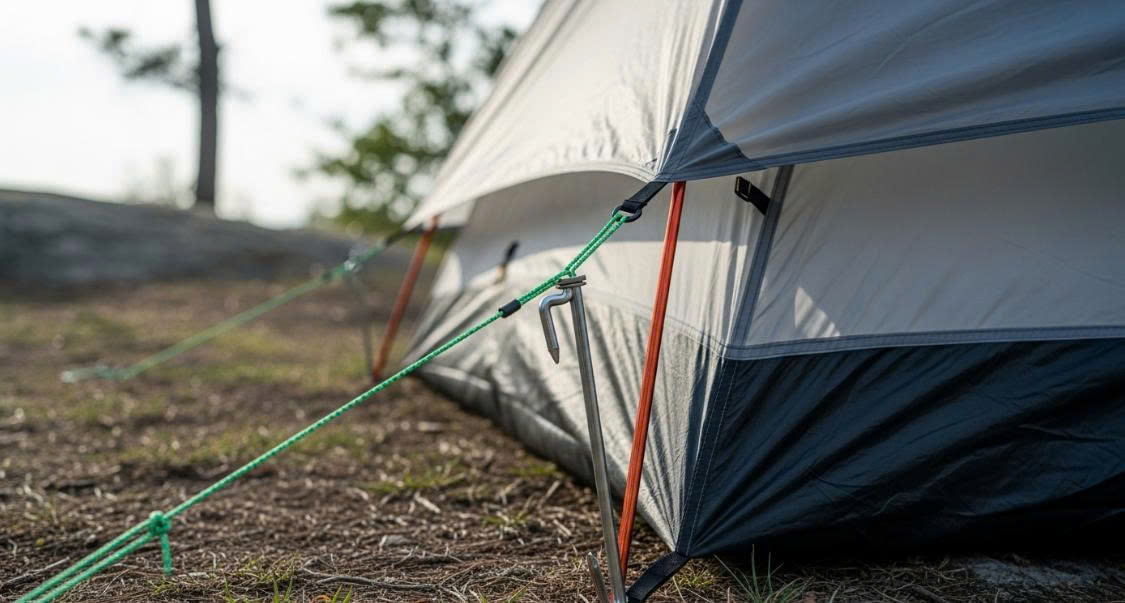
.jpg)
